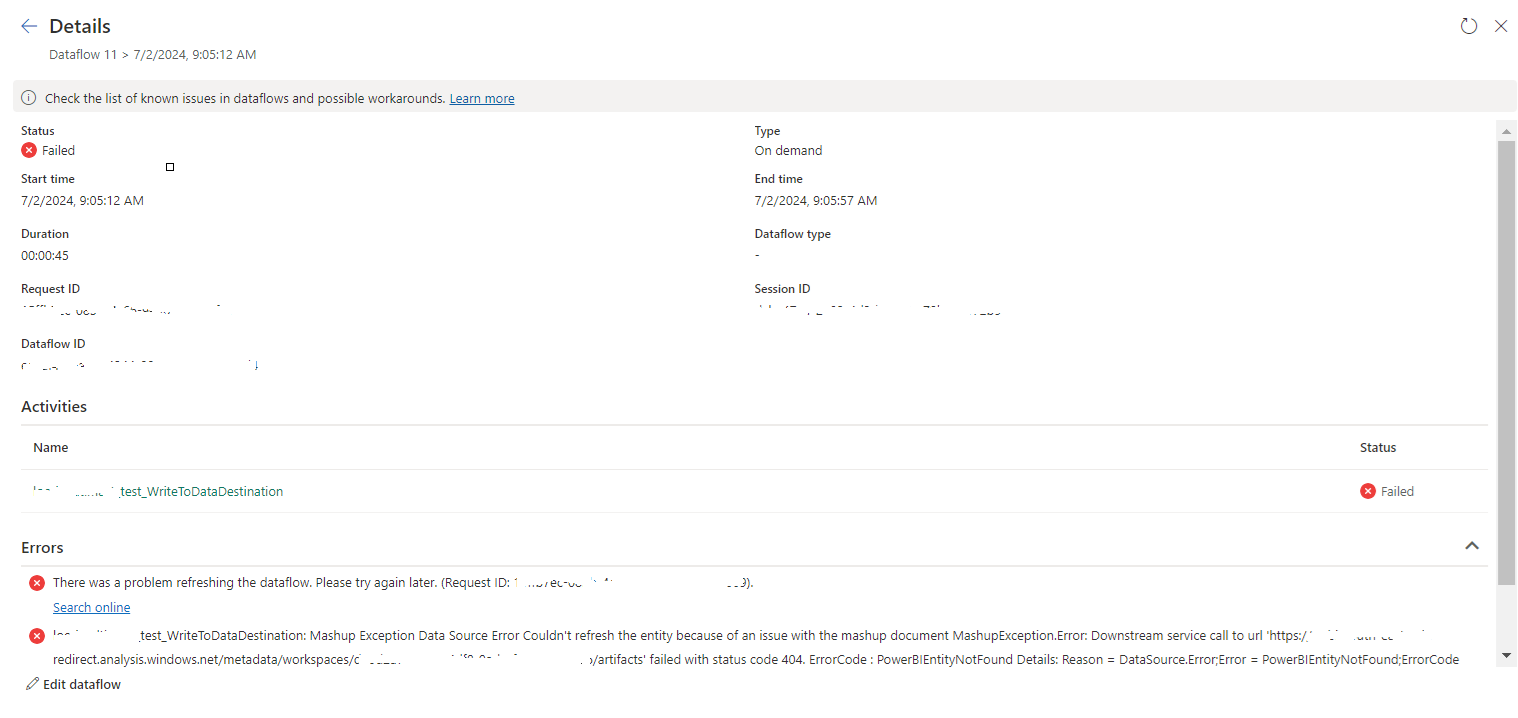In my previous post, I explained how to provide access using multiple roles for different dimensions.
Also I faced issues while providing access for multiple dimensions using a single role.
Let assume a scenario that we only need to provide the access for a Sales Manager, only for his Current Region. But Region of the Sales Manager may be changed and he should be able to see the relevant data for the Region for the period he assigned for that Region.
As I explained in my previous post, we need to maintain a mapping table for this requirement as well. Lets assume the name of the mapping table is SECURITY_MANAGER_REGION and the columns will be SalesManagerId, RegionId and MonthId. In this scenario I assumed sales manager is assigned for a particular region, at least for a period of Month.
Then we need to have the SECURITY_MANAGER_REGION table data in a fact table and can grant the access for the Region and Month dimensions based on it with in the same role.
But the issue is since those are two different dimension, security is applied separately and it is causing the issue.
To overcome that what I have done was, add a composite key using RegionId and MonthId values to the SECURITY_MANAGER_REGION table.
Based on that table created a new dimension as DIM_SECURITY_MANAGER_REGION which uses the Key as the composite keys of RegionId and MonthId.
Then the Security is applied for the DIM_SECURITY_MANAGER_REGION dimension and the same dimension is linked with the measure groups using the RegionId and MonthId values.
That is it!
Also I faced issues while providing access for multiple dimensions using a single role.
Let assume a scenario that we only need to provide the access for a Sales Manager, only for his Current Region. But Region of the Sales Manager may be changed and he should be able to see the relevant data for the Region for the period he assigned for that Region.
As I explained in my previous post, we need to maintain a mapping table for this requirement as well. Lets assume the name of the mapping table is SECURITY_MANAGER_REGION and the columns will be SalesManagerId, RegionId and MonthId. In this scenario I assumed sales manager is assigned for a particular region, at least for a period of Month.
Then we need to have the SECURITY_MANAGER_REGION table data in a fact table and can grant the access for the Region and Month dimensions based on it with in the same role.
But the issue is since those are two different dimension, security is applied separately and it is causing the issue.
To overcome that what I have done was, add a composite key using RegionId and MonthId values to the SECURITY_MANAGER_REGION table.
Based on that table created a new dimension as DIM_SECURITY_MANAGER_REGION which uses the Key as the composite keys of RegionId and MonthId.
Then the Security is applied for the DIM_SECURITY_MANAGER_REGION dimension and the same dimension is linked with the measure groups using the RegionId and MonthId values.
That is it!




